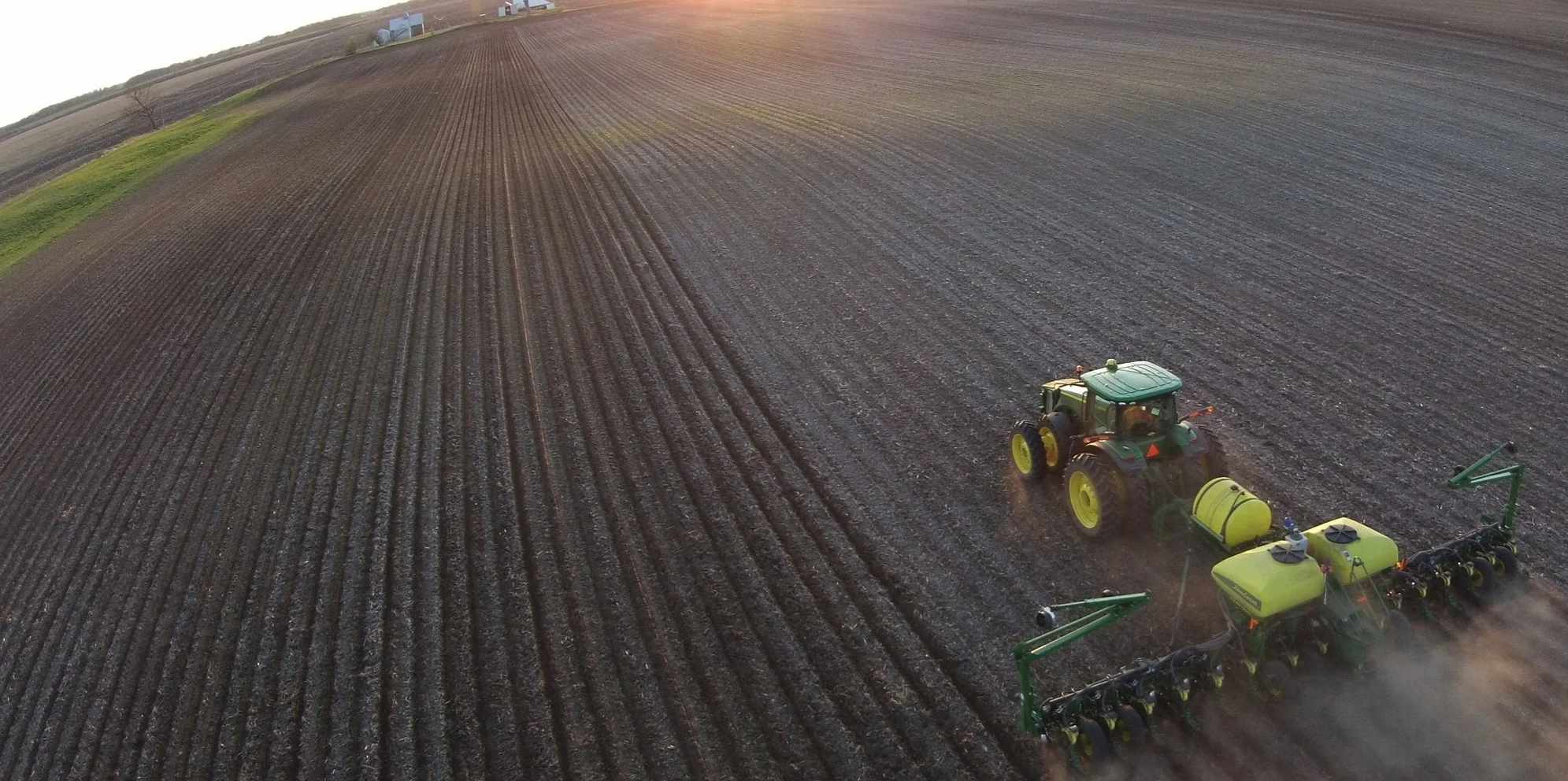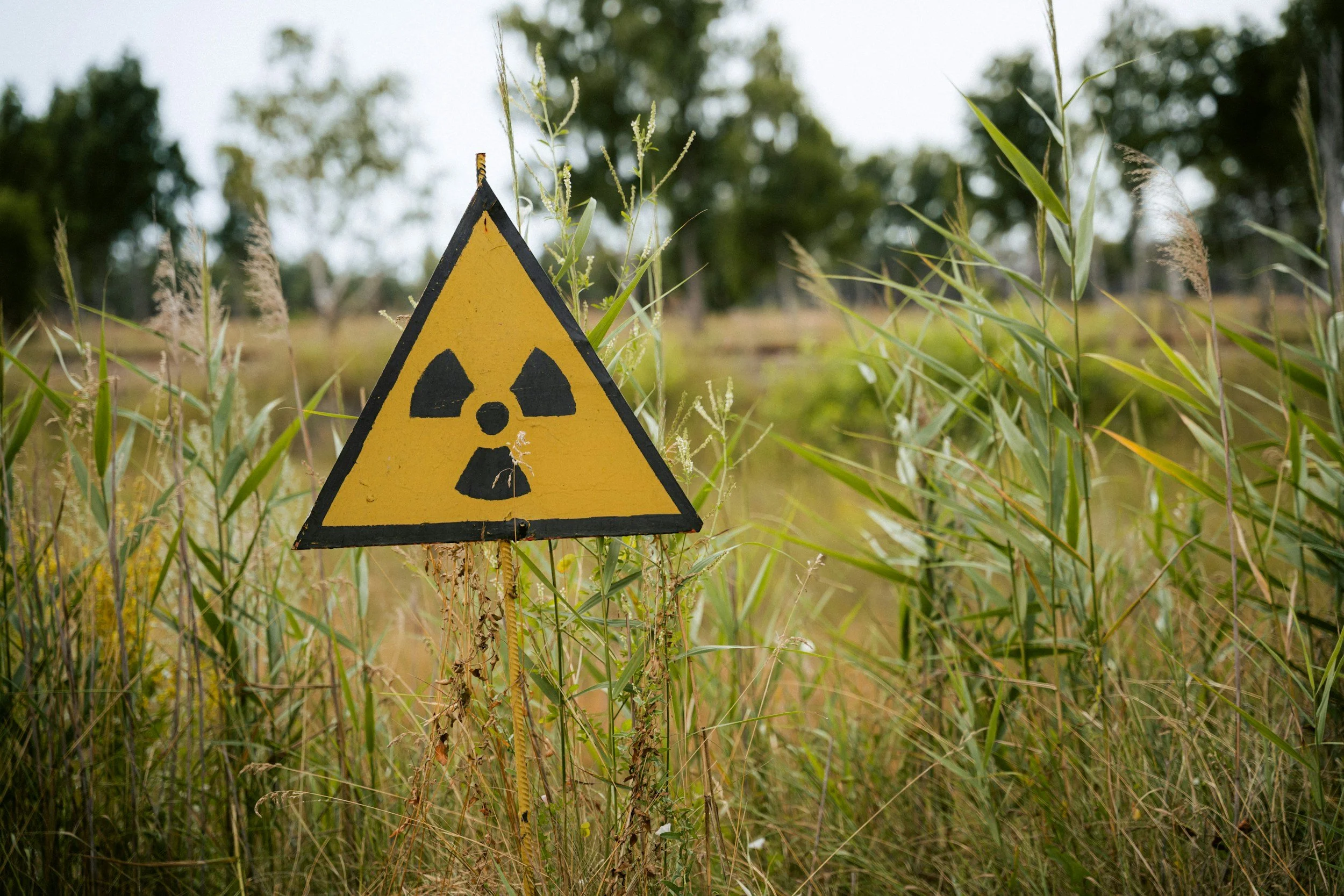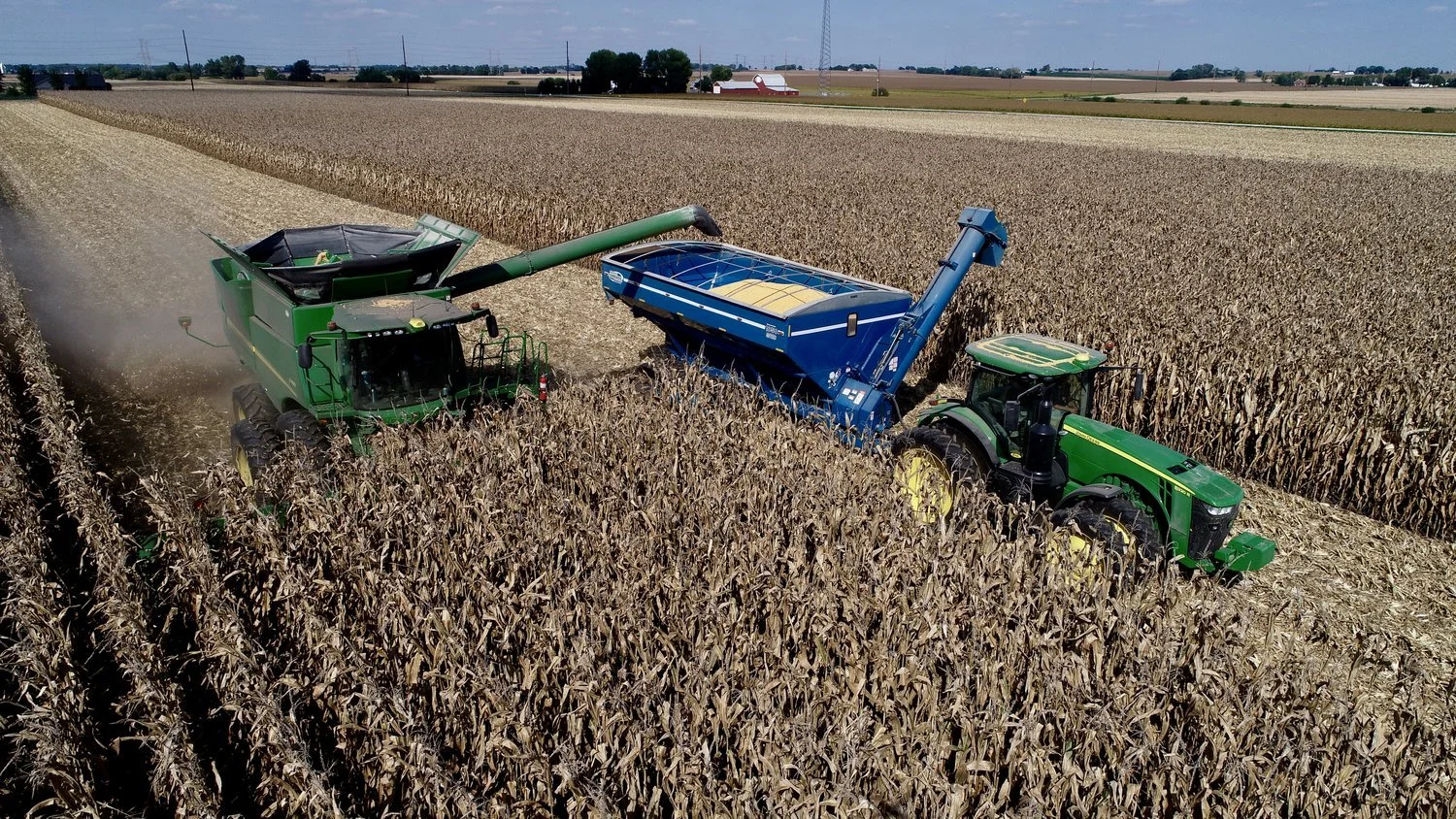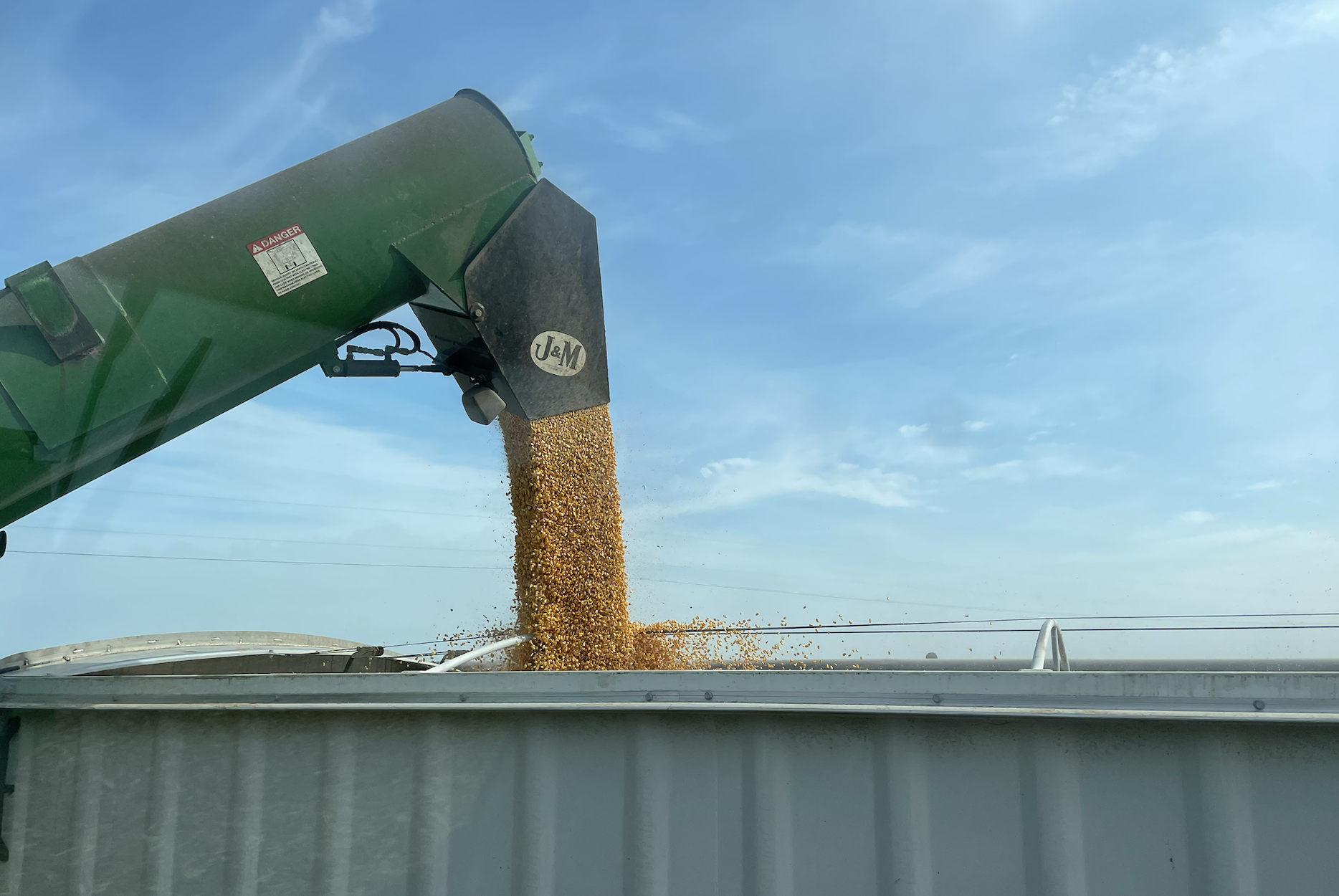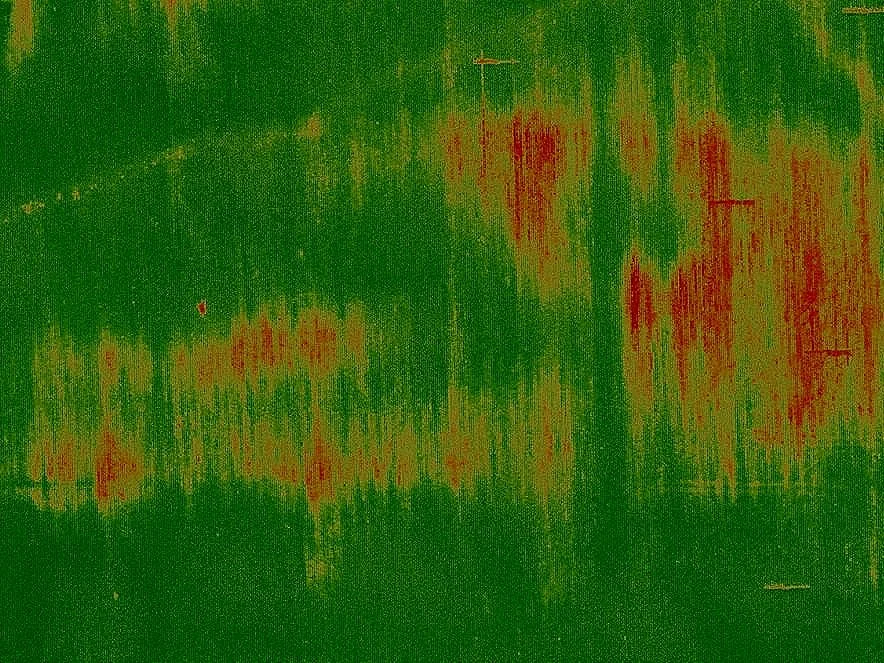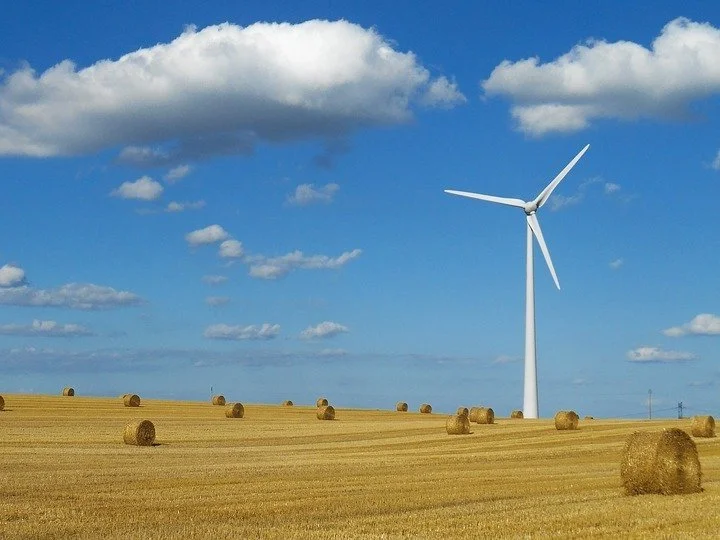Understanding the Scopes of GHG Emissions
/The Securities and Exchange Commission (SEC) has proposed a new rule meant increase the ESG information available to investors, but it is also causing some heartburn in agricultural circles due to the feared downstream effect. The SEC’s proposed corporate disclosure rule would require publicly traded corporations to report their greenhouse gas (GHG) emissions. Much of these disclosures center around what are called “Scope 1,” “Scope 2,” and “Scope 3” emissions. If you have read these terms and wondered the Scope of emissions means, read on.
Scope 1 Emissions. The Kyoto Protocol introduced the concept of the “scopes” of emissions regarded to GHG, including carbon dioxide, methane, nitrous oxide, hydrofluorocarbons, perfluorocarbons, sulfur hexafluoride, and nitrogen trifluoride. Under the Kyoto Protocol, “Scope 1” emissions are direct GHG emissions that occur from sources owned or controlled by the company. These emissions might include those from company-owned, leased, or controlled machinery or vehicles. Think of these as the direct emissions a company generates itself.
Scope 2 Emissions. Scope 2 emissions are emissions resulting from the generation of electricity purchased and consumed by the company. Because these emissions are generated by a third party (power companies), they are considered indirect emissions.
Scope 3 Emissions. Scope 3 emissions are more difficult to quantify. Scope 3 emissions are all other indirect emissions that are not included in Scope 1 or 2 emissions. Scope 3 emissions are a consequence of the company's activities but are generated from sources that are not owned or controlled by the company. These emissions might include emissions associated with the production and transportation of goods that are purchased by the company from third parties. associated with the production and transportation of goods a registrant purchases from third parties or the emissions generated by employees. I think of these as consequential emissions.
The SEC’s proposed reporting rule has become controversial within US agriculture because of the potential to require reporting of Scope 3 emissions. This could require food companies, for example, to include the emissions from farmers who generate the raw products for their food products. That, in turn, could cause these food companies to take more control, or mandate additional GHG friendly practices, from their farmer suppliers. Because Scope 3 emissions are more vague and hard to characterize than Scopes 1 and 2, this requirement also creates a lot of uncertainty about its impact on farms.
In many instances, the SEC proposed rule on GHG emission reporting is already affecting the farm, even before it goes into effect. Many food companies are already working to reduce the carbon footprint, and that means changes to their supply chains. The question for me is whether the SEC rule, however well intended, will drive more control of the farm to large publicly traded companies.
To read the SEC proposed rule and submitted comments, visit the SEC website.

